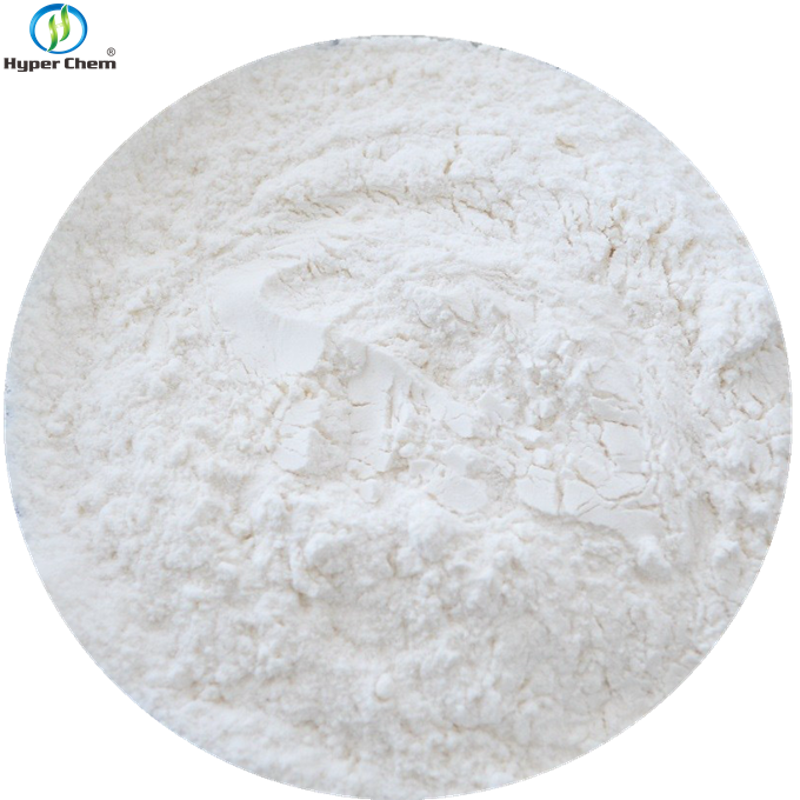-
Categories
-
Pharmaceutical Intermediates
-
Active Pharmaceutical Ingredients
-
Food Additives
- Industrial Coatings
- Agrochemicals
- Dyes and Pigments
- Surfactant
- Flavors and Fragrances
- Chemical Reagents
- Catalyst and Auxiliary
- Natural Products
- Inorganic Chemistry
-
Organic Chemistry
-
Biochemical Engineering
- Analytical Chemistry
-
Cosmetic Ingredient
- Water Treatment Chemical
-
Pharmaceutical Intermediates
Promotion
ECHEMI Mall
Wholesale
Weekly Price
Exhibition
News
-
Trade Service
Click on the blue word to follow us
After ingesting a food infected by a bacterial or viral infection, the brain quickly activates a defensive response: promoting the vomiting motor reflex to expel toxins, producing an unpleasant feelingof nausea.
The gut-brain axis is associated with toxin-induced nausea and vomiting: the chemotherapy drugs cisplatin and enterotoxin activate neurons
in the solitary tract nucleus of the medulla oblongata (NTS) brain region.
Studies have shown that the brain receives vagus afferent brain regions as the dorsal motor nucleus (DMV) and dorsovagal nerve complex (DVC), including NTS and the extreme posterior region (AP).
On November 1, 2022, the research team of Cao Peng of the Beijing Institute of Biological Sciences published a paper in Cell magazine, revealing the mechanism
of the intestinal and brain axis nerve circuits in which toxins cause nausea and vomiting defense behavior.
Professor Cao Peng's recent publications:
Nature Neuroscience: New Year's debut! Cao Peng's research team revealed the neural circuits of defensive aggressive behavior
Neuron: Cao Peng's team reveals self-grooming closed-loop motor neural circuits
Cao Peng's team reveals the neural circuits that see food running fast
1
Enterotoxin causes nausea and retching behavior in mice
Staphylococcal enterotoxin A (SEA) is a toxin produced by Staphylococcus aureus that can cause food poisoningin vomit.
Conditioned taste avoidance behavior can reflect nausea
.
The researchers found that mice exhibited "mouth open" retching behavior after intraperitoneal injection of SEA and were able to induce conditional taste avoidance behavior in a dose-dependent manner, suggesting that intraperitoneal injection of SEA caused nausea and retching behavior
in mice.
The DVC region is the main channel connecting the gut and brain, regulating feeding and vomiting behavior
.
They specifically labeled SEA-activated neurons by c-fos tool mice, and subsequently attenuated SEA-induced nausea and retching behavior
after inhibiting these activated neurons by chemogenetic techniques.
Figure 1: Enterotoxin causes nausea and retching behavior in mice
2
DVC-Tac1 neurons regulate nausea and retching behavior in mice
Single-cell sequencing data showed that the DVC region was enriched with protachykininogen-1 (Tac1), neuropeptide Y (Npy), and cholecystokinin (Cck), in which Tac1-encoded tachykinin bindsto neurokinin 1 receptors.
Researchers have found that neurokinin 1 receptor antagonists block SEA-induced retching behavior
.
Further experiments found that SEA can significantly activate Tac1-positive neurons in the DVC region (DVC-Tac1 neurons), and attenuate SEA-induced nausea and retching behavior
after chronic inhibition of Tac1-positive neurons.
In addition, inhibition of Npy- and Cck-positive neurons had little effect
on SEA-induced retching behavior.
Retrograde tracer virus labeled DVC-Tac1 neurons, and EGFP-positive cells
were observed in brain and vagus sensory neurons such as the central amygdala, the nucleus of the terminal striae bed, and the paraventricular nucleus of the hypothalamus.
Interestingly, the axons of EGFP-positive vagus sensory neurons form mucosal endings in the antral villi and proximal to the small intestine, which are close to the pheochromaffin cells (EC cells)
that secrete 5-HT.
Electrophysiological experiments have shown that 5-HT can induce postsynaptic electrical currents
of EGFP-positive vagus sensory neurons.
Specific inhibition of the release of 5-HT by EC cells can significantly attenuate the retching behavior
caused by SEA.
Fiber calcium imaging technology found that the activity of DVC-Tac1 neurons can be briefly increased in SEA-induced retching-like behavior, and both subphragmatic vagus nerve tomy and HT3R antagonist can block the transient enhancement
of DVC-Tac1 neuronal activity.
In addition, chronic activation of Tac1-positive neurons in the DVC region was able to cause nausea and retching behavior
in mice.
Figure 2: Intestinal chromaffin cells transmit toxin information to DVC-Tac1 neurons
3
DVC-Tac1 neurons are involved in nausea and retching caused by chemotherapy drugs
Anterograde tracer virus was found to project mainly to the parabrachiolateral nucleus of the pons (LPB) and the snout of the ventral respiratory group (rVRG), and there is almost no overlapbetween these two neural circuits.
Chronic activation of the DVC-Tac1-rVRG loop caused retching behavior in mice, but did not induce conditional taste avoidance behavior, while activation of the DVC-Tac1-LPB loop did not cause retching behavior, but induced conditional taste avoidance behavior, indicating that these two neural circuits regulate nausea and retching behavior
, respectively.
Chemotherapy drugs (cisplatin and doxorubicin) cause intense nausea and retching in
cancer patients.
Intraperitoneal injection of doxorubicin can induce retching and nausea behavior in mice, which can significantly weaken the retching and nausea behavior caused by doxorubicin after inhibiting the activity of DVC-Tac1 neurons or knocking down the Tac1 gene in the DVC region, while inhibition of the DVC-Tac1-rVRG loop weakens the retching caused by doxorubicin and inhibits the DVC-Tac1-LPB loop to weaken nausea.
These results suggest that DVC-Tac1 neurons are involved in defensive behaviors such as nausea and retching caused by chemotherapy drugs.
Figure 3: DVC-Tac1 regulates two parallel neural circuits of nausea and vomiting
summary
In this paper, a mouse nausea-retching behavior model was constructed by intraperitoneal injection of enterotoxin, and it was revealed that the vagus nerve sensory neuron population transmitted toxin-related signals from enterochromephilic cells to Tac1-positive neurons of the dorsal vagus complex, and then projected downward to the parabrachial lateral nucleus of the pons and the snout of the ventral respiratory group to regulate the defense behaviors
of nausea and vomiting, respectively.
【References】
1.
Xie et al.
, The gut-to-brain axis for toxin-induced defensive responses, Cell (2022), https://doi.
org/10.
1016/j.
cell.
2022.
10.
001
The images in the article are from references







